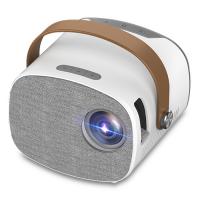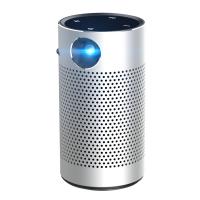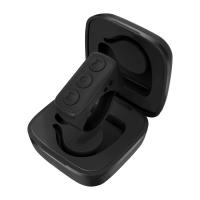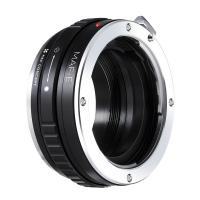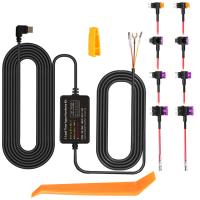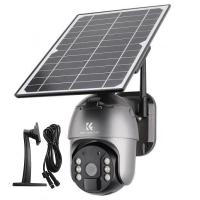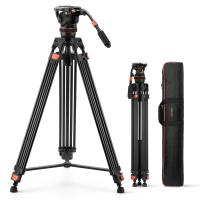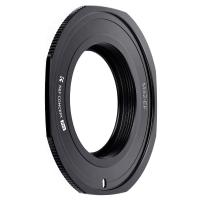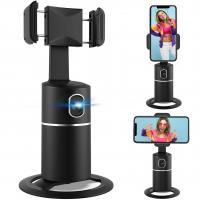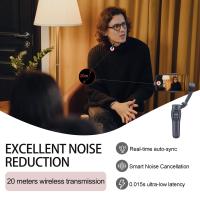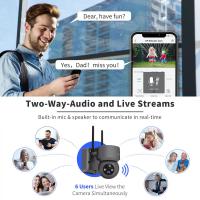How To Turn On A Projector?
Turning on a projector might seem like a straightforward task, but it can sometimes be more complex than anticipated, especially with the variety of models and features available today. Whether you are setting up a projector for a business presentation, a classroom lecture, or a home theater, understanding the steps and troubleshooting common issues can save you time and frustration. In this article, we will delve into the detailed process of turning on a projector, addressing various user demands and providing practical solutions to common problems.
Understanding Your Projector
Before diving into the steps, it’s essential to familiarize yourself with your specific projector model. Projectors come in various types, including DLP, LCD, and LED, each with unique features and operational methods. Refer to the user manual for your projector to understand its specific requirements and functionalities.
Step-by-Step Guide to Turning on a Projector
1. Initial Setup
- Position the Projector: Place the projector on a stable surface or mount it securely. Ensure it is aligned with the screen or wall where you intend to project the image.
- Connect Power: Plug the power cord into the projector and then into a power outlet. Ensure the power source is reliable to avoid interruptions.
2. Connecting Input Devices
- HDMI/VGA Connection: Connect your input device (laptop, DVD player, gaming console, etc.) to the projector using the appropriate cable (HDMI, VGA, etc.). Ensure the cable is securely connected to both the projector and the input device.
- Wireless Connection: If your projector supports wireless connections, follow the manufacturer’s instructions to connect your input device via Wi-Fi or Bluetooth.
3. Powering On
- Locate the Power Button: Find the power button on the projector. It is usually located on the top or side of the device and may be labeled with a power symbol.
- Turn On the Projector: Press the power button. You may need to hold it down for a few seconds until the projector powers on. Some projectors have a standby mode, so ensure it is fully powered on.
4. Selecting the Input Source
- Access the Menu: Use the projector’s remote control or onboard buttons to access the menu.
- Select Input Source: Navigate to the input source menu and select the appropriate input (HDMI, VGA, etc.) that corresponds to your connected device.
5. Adjusting the Image
- Focus and Zoom: Use the focus and zoom rings on the projector lens to adjust the image clarity and size.
- Keystone Correction: Adjust the keystone settings to correct any image distortion caused by the projector’s angle.
Troubleshooting Common Issues
1. No Power
- Check Connections: Ensure the power cord is securely connected and the outlet is functioning.
- Power Indicator: Check the power indicator light on the projector. If it’s not lit, there may be an issue with the power supply or the projector itself.
2. No Signal
- Cable Connection: Verify that the input cable is securely connected to both the projector and the input device.
- Input Source: Ensure the correct input source is selected on the projector.
- Device Settings: Check the settings on your input device to ensure it is outputting to the projector.
3. Blurry Image
- Focus Adjustment: Adjust the focus ring on the projector lens.
- Lens Cleaning: Clean the projector lens with a soft, dry cloth to remove any dust or smudges.
- Resolution Settings: Ensure the resolution settings on your input device match the projector’s native resolution.
4. Overheating
- Ventilation: Ensure the projector has adequate ventilation and is not placed in an enclosed space.
- Filter Cleaning: Clean the air filter regularly to prevent dust buildup.
- Fan Functionality: Check if the projector’s fan is functioning correctly. If not, it may need servicing.
Advanced Tips for Optimal Performance
1. Regular Maintenance
- Lamp Replacement: Projector lamps have a limited lifespan. Monitor the lamp hours and replace the lamp when necessary to maintain image quality.
- Firmware Updates: Check for firmware updates from the manufacturer to ensure your projector has the latest features and improvements.
2. Optimizing Image Quality
- Screen Quality: Use a high-quality projection screen for the best image results. A plain wall can work, but a dedicated screen will provide better clarity and color accuracy.
- Ambient Light Control: Minimize ambient light in the room to enhance the projector’s image brightness and contrast.
3. Using Advanced Features
- Wireless Projection: Utilize wireless projection features for a clutter-free setup. This is especially useful in business and educational settings.
- Smart Features: Some projectors come with smart features like built-in apps and streaming capabilities. Explore these options to enhance your viewing experience.
Turning on a projector involves more than just pressing a button. By understanding the initial setup, connecting input devices, and troubleshooting common issues, you can ensure a smooth and efficient projection experience. Regular maintenance and optimizing settings can further enhance performance, making your projector a reliable tool for presentations, entertainment, and more. Whether you are a novice or an experienced user, following these guidelines will help you get the most out of your projector.


